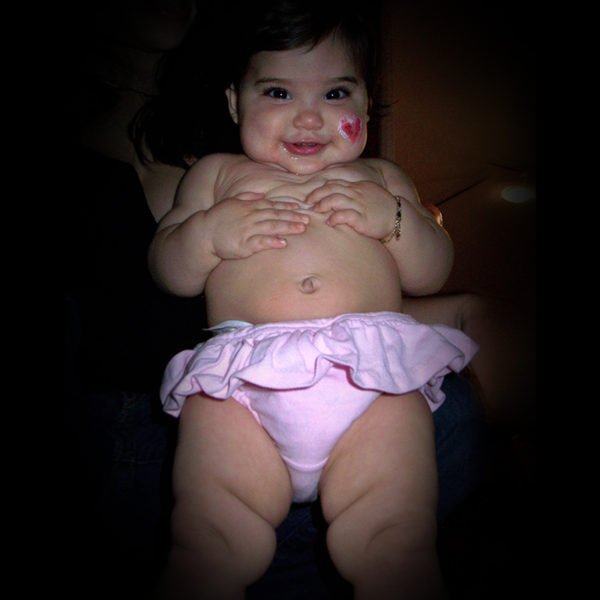
Overfeeding your baby is one of the most common leading causes of gas, spit-ups and lethargic behavior. It can cause symptoms similar to GER (gastroesophageal reflux). It may cause your baby to lose weight due to the constant vomiting. Or gain too much because of the extra calories. In other words, overfeeding causes a lot of feeding discomfort. A recent study published in the Journal of Pediatrics shows that babies put to be with a bottle are 30% more likely to be obese by the time they are five. In conclusion, you need to stop overfeeding your baby, thus preventing health problems. See below some great pointers to help you identify the cues, and you can react accordingly.
How to tell if you are overfeeding your baby:
Observe if your baby exhibits the following cues:
- Take longer pauses between sucking after feeding for some time.
- Becomes easily distracted during a feeding.
- Your baby’s belly begins to swell or harden.
- Your baby is drowsy and snoozes but continues to nurture, even while asleep.
Overfed babies show the following symptoms:
- Eight+ heavily wet diapers per day.
- Foul-smell bowel movements.
- Gassy, fussy, spit-ups.
- Swollen, hardened belly or inflated sides of the belly.
- Grunting, uncomfortable motions.
- Gains weight so fast that may skips sizes.
- Overfeeding behaviors can increase the risk of obesity in childhood.
How to stop overfeeding your baby without upsetting her:
- Pay close attention to your baby’s cues, so you can stop overfeeding your baby. And, subsequently, prevent all of the issues associated with it.
- Avoid using bottles that offer free-flow or feed with gravity. For instance, vented bottles or bottles with liners. They tend to dispense food without any suction, which leads to easy-feeding and overfeeding.
- Use a feeding system like Bare Air-free to let your baby control the flow and pace of feeding with suction. When baby stops the suction, food stops flowing.
- Avoid feeding your baby until she falls asleep. Create activities to keep her awake and in an upright position. For example, enjoy a few minutes of play time. Most importantly, you will be preventing feeding discomforts.
Feeding Chart for 0-12-month-old babies
| age | ounces | feeding intervals | what to feed |
| 0-1 month | 2 oz | 2 hrs | breastmilk, formula |
| 1-2 months | 2 oz – 4 oz | 4 hrs | breastmilk, formula |
| 2-4 months | 4 oz-6 oz | 4 hrs | breastmilk, formula |
| 4-6 months | 6 oz-8 oz | 4 hrs | breastmilk, formula |
| 6-9 months | 6 oz-8 oz | 4 hrs | breastmilk, formula, solids* |
| 9-12 months | 6 oz-8 oz | 4 hrs | breastmilk, formula, solids* |
*Follow your pediatrician’s advice for the kind of solid food your baby should eat. All infants do not develop equally. Therefore, a customized diet is highly recommended.
Reference:
- CTV News Edmonton
- University of Michigan
- Healthychildren.org
- Kidspot.com.au (lactation expert and baby nurse Rowena Bennett)
- WebMD
- AAP (American Academy of Pediatrics)
